Home>Renovation & DIY>Tools & Equipment>What Is A Slotted Screwdriver
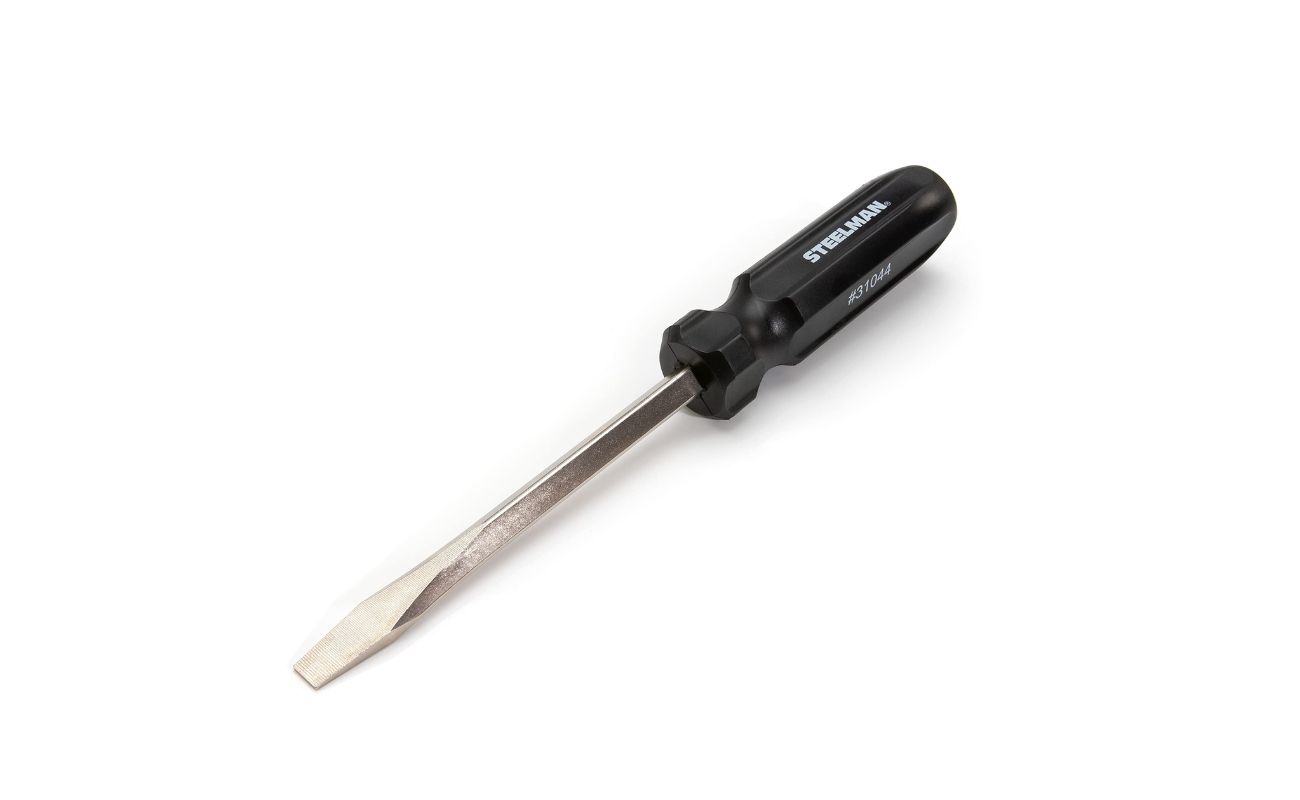

Tools & Equipment
What Is A Slotted Screwdriver
Published: December 19, 2023
Discover the purpose and features of a slotted screwdriver, an essential tool in the world of tools and equipment. Learn its various uses and how it can improve your DIY projects.
(Many of the links in this article redirect to a specific reviewed product. Your purchase of these products through affiliate links helps to generate commission for Storables.com, at no extra cost. Learn more)
Introduction
A slotted screwdriver is a simple yet essential tool that is commonly found in many toolboxes and is used for a variety of tasks. Also known as a flathead screwdriver, it features a flat, straight blade with a single slot or groove in the head. This versatile tool is designed to turn screws with slotted heads.
In this article, we will explore the world of slotted screwdrivers, discussing their definition, parts, types, common uses, advantages and disadvantages, as well as maintenance tips to keep them in top-notch condition.
Whether you’re a DIY enthusiast, a professional craftsman, or simply someone who occasionally needs to tighten or loosen screws, understanding the ins and outs of slotted screwdrivers can significantly improve your work efficiency and ensure you choose the right tool for the job.
Key Takeaways:
- Slotted screwdrivers, also known as flathead screwdrivers, are versatile tools with a straightforward design, offering greater torque control and widespread availability. However, they require careful alignment and maintenance to avoid slippage and damage.
- Proper maintenance and care, including regular cleaning, inspection for damage, and correct storage, are essential for ensuring the longevity and optimal performance of slotted screwdrivers. Choosing the right type and size for the task at hand is crucial for efficient and successful screwdriving operations.
Read more: What Is ECX Screwdriver
Definition of a Slotted Screwdriver
A slotted screwdriver, also known as a flathead screwdriver, is a handheld tool used for fastening or loosening screws with slotted heads. It is one of the most basic and widely-used types of screwdrivers, characterized by its flat, straight blade with a single slot across the head.
The slot on the screwdriver’s head corresponds to the shape of the screw’s head, allowing the tool to fit into the groove and turn the screw. Slotted screws have been around for centuries and were the standard type of screw before the invention of the Phillips head and other types of screw heads.
The handle of a slotted screwdriver is typically made from wood, plastic, or metal and is designed to provide a comfortable grip. The blade, on the other hand, is usually made of hardened steel for durability and strength.
Slotted screwdrivers come in various sizes, ranging from small precision screwdrivers used for delicate tasks to larger ones suitable for heavier-duty applications. The size of the screwdriver is determined by the width and thickness of the blade, which should match the slot in the screw head to avoid slipping or damaging the screw.
Overall, slotted screwdrivers are versatile and widely used in a range of applications, from assembling furniture and appliances to repairing electronic devices and performing household tasks. Understanding the different parts and types of slotted screwdrivers will help you choose the right tool for your specific needs and ensure efficient and successful screwdriving operations.
Parts of a Slotted Screwdriver
A slotted screwdriver consists of several key parts that work together to provide optimal functionality. Understanding these parts can help you use the tool effectively and ensure its longevity. Here are the main components of a slotted screwdriver:
- Handle: The handle is the part of the screwdriver that you grip. It provides comfort and control while using the tool. Handles are typically made from materials such as wood, plastic, or metal and may feature ergonomic designs to reduce strain and improve grip.
- Shank: The shank is the elongated, cylindrical portion of the screwdriver that connects the handle to the blade. It is usually made of steel and can vary in diameter.
- Blade: The blade is the flat, straight portion of the slotted screwdriver that fits into the slot on the screw head. It is the part responsible for turning the screw. Screwdriver blades come in different widths and thicknesses to accommodate various sizes of slotted screw heads.
- Tang: The tang is the flat, protruding piece at the end of the blade that is inserted into the handle. It helps secure the blade in place.
- Tip: The tip is the very end of the blade. It may be magnetized to hold screws in place or have other features, such as a beveled edge, to provide better grip and prevent slippage.
It’s important to note that some slotted screwdrivers may have additional features or specialty parts, depending on the manufacturer and intended use. For example, some screwdrivers may have a rotating cap on the handle to provide extra torque or a cushioned grip for added comfort during prolonged use.
Knowing the different parts of a slotted screwdriver enables you to make informed decisions when selecting the right tool for a specific task. It also helps in maintaining and replacing individual components as needed to ensure optimal performance and longevity.
Types of Slotted Screwdrivers
Slotted screwdrivers come in various types and variations to suit different applications and preferences. Here are some of the common types of slotted screwdrivers:
- Standard Slotted Screwdriver: This is the most common type of slotted screwdriver, featuring a flat blade with a single slot that corresponds to the shape of the slotted screw’s head. Standard slotted screwdrivers come in various sizes to match different screw head widths and thicknesses.
- Precision Slotted Screwdriver: Precision slotted screwdrivers are smaller in size and designed for delicate tasks that require precision, such as working with small electronics or jewelry. They have thinner blades and narrower tips to fit into tight spaces and handle tiny screws.
- Cabinet Slotted Screwdriver: Cabinet slotted screwdrivers have a narrow and elongated blade that is often thicker than standard screwdrivers. They are primarily used for woodworking tasks, such as installing cabinet hardware or adjusting hinges.
- Insulated Slotted Screwdriver: Insulated slotted screwdrivers are designed for use in electrical and live circuit applications. They have handles made from insulating materials, such as rubber or plastic, to protect users from electrical shocks when working with live wires.
- Extra-Long Slotted Screwdriver: Extra-long slotted screwdrivers have extended shanks and blades, allowing for extended reach. They are suitable for tasks that require accessing screws in deep or hard-to-reach areas, such as machinery or equipment.
- Magnetic Slotted Screwdriver: Magnetic slotted screwdrivers have a magnetized tip that helps hold screws securely in place, making it easier to align and insert screws into tight spots without dropping or losing them.
These are just a few examples of the types of slotted screwdrivers available. It’s essential to choose the right type and size of screwdriver based on the specific task at hand to ensure optimal performance and prevent damage to the screw or surrounding materials.
Common Uses of Slotted Screwdrivers
Slotted screwdrivers are versatile tools that are indispensable in various applications. Here are some of the common uses of slotted screwdrivers:
- General Household Repairs: Slotted screwdrivers are frequently used for everyday household repairs. From tightening loose cabinet handles and adjusting door hinges to replacing outlet covers and assembling furniture, slotted screwdrivers are a handy tool for a wide range of tasks around the house.
- Electrical Work: Slotted screwdrivers find use in electrical work, especially when dealing with older electrical outlets and switches that have slotted screws. They are used to remove and replace outlet covers, wire terminals, and other components.
- Woodworking Projects: Slotted screws are commonly used in woodworking projects, and slotted screwdrivers are essential for driving them. Whether you’re building furniture, installing trim, or constructing wooden structures, slotted screwdrivers are a must-have tool for woodworking enthusiasts.
- Automotive Repairs: While slotted screws are less common in modern vehicles, they can still be found in some older car models. Slotted screwdrivers come in handy when working on interior components, such as dashboard panels, stereos, and seat covers.
- Small Appliance Repairs: Many small appliances, such as toasters, blenders, and coffee machines, use slotted screws for assembly and maintenance. Slotted screwdrivers allow you to access and repair internal components, such as switches, motors, and circuit boards.
- DIY Crafts and Hobby Projects: Slotted screwdrivers are often used in various DIY crafts and hobby projects. They are ideal for tasks such as assembling model kits, repairing toys, or creating customized projects where slotted screws are the preferred fastening method.
These are just a few examples of the common applications of slotted screwdrivers. The versatility and wide range of uses make them an essential tool in any toolbox or workshop. It’s important to select the right size and type of slotted screwdriver based on the specific task to ensure optimal results.
Read more: What Is A Screwdriver Made Of
Advantages and Disadvantages of Slotted Screwdrivers
Like any tool, slotted screwdrivers come with their own set of advantages and disadvantages. Understanding these can help you make informed decisions when selecting the right tool for your project. Here are the main advantages and disadvantages of slotted screwdrivers:
Advantages:
- Widespread Availability: Slotted screws and screwdrivers have been around for centuries, making them widely available and compatible with a vast range of applications.
- Easy to Manufacture: Slotted screwdrivers are relatively simple to manufacture due to their basic design, resulting in lower production costs compared to more complex screwdrivers.
- Greater Torque Control: Slotted screwdrivers provide better torque control than some other types of screwdrivers, allowing for precise and controlled fastening or loosening of screws.
- Straightforward Design: The simplicity of slotted screwdrivers makes them easy to understand and use, even for beginners or those with limited experience in using hand tools.
- Can Double as Pry Bars: The flat blade of a slotted screwdriver can be used as a makeshift pry bar in certain situations, providing additional functionality beyond just turning screws. However, this usage should be done with caution, as it can damage the screwdriver or the object being pried.
Disadvantages:
- Prone to Slippage: Slotted screws are more prone to slippage compared to other types of screws, which can lead to damage to the screw head or surrounding materials if not enough pressure or proper technique is applied.
- Less Secure Grip: Slotted screwdrivers may have a less secure grip on screws compared to other types, making it harder to maintain a firm connection while turning the screw.
- Limited Applicability: Slotted screwdrivers may not be suitable for certain modern applications or industries, as many manufacturers have switched to other types of screws, such as Phillips or Torx, which offer better torque transfer and reduced slippage.
- Requires Careful Alignment: Slotted screwdrivers require careful alignment between the tip of the screwdriver and the slot in the screw head to avoid slipping or damaging the screw. This can be more challenging in tight or dark spaces.
- May Damage Screw Heads: Slotted screwdrivers, especially those of lower quality or incorrect sizes, can easily damage the screw head, leading to difficulty in removing or tightening the screw.
It’s important to weigh the advantages and disadvantages of slotted screwdrivers when selecting the right tool for your needs. Consider the specific application, the type of screw being used, and the level of torque control required to ensure successful and efficient screwdriving operations.
Maintenance and Care for Slotted Screwdrivers
Proper maintenance and care of your slotted screwdrivers are essential to ensure their longevity and optimal performance. By following these guidelines, you can keep your screwdrivers in top-notch condition:
Read more: What Is A Stubby Screwdriver
Clean Regularly:
After each use, wipe down the blade and handle of your slotted screwdriver to remove any dirt, debris, or grime. This helps prevent buildup that can affect the tool’s performance and make it more difficult to use. Avoid using harsh chemicals that could damage the tool’s handle or blade.
Inspect for Damage:
Regularly inspect your slotted screwdrivers for any signs of wear or damage. Check the handle for cracks or loose parts, and examine the blade for bending or chipping. If you notice any damage, it’s important to either repair or replace the tool as needed to ensure safe and effective use.
Store Properly:
When not in use, store your slotted screwdrivers in a dry and secure location. Avoid leaving them exposed to moisture or extreme temperatures, as this can lead to rust or corrosion. Use a tool organizer or toolbox to keep them organized and protected from accidental damage.
Sharpen or Replace Blades:
If you notice that the blade of your slotted screwdriver has become dull or worn down, consider sharpening it using a dedicated sharpening tool or replace the blade altogether. Dull blades can lead to slippage and damage to the screw or surrounding materials.
Read more: What Is A Torque Screwdriver
Use the Correct Size:
Always choose the right size of slotted screwdriver for the job. Using a screwdriver that is too small or too large for the screw head can lead to slippage and damage. Ensure that the width and thickness of the screwdriver blade match the size of the screw’s slot for a secure and efficient grip.
Avoid Using as a Pry Bar:
Although the flat blade of a slotted screwdriver may seem tempting to use as a makeshift pry bar, it is not designed for such purposes. Using it as a pry bar can damage both the tool and the object being pried. Instead, use the appropriate tools or techniques for prying tasks.
By following these maintenance and care tips, you can extend the lifespan of your slotted screwdrivers and ensure they are always in top working condition when you need them. Taking care of your tools not only improves their performance but also enhances your safety while using them.
Conclusion
Slotted screwdrivers, also known as flathead screwdrivers, are indispensable tools that can be found in almost every toolbox. With their simple yet effective design, these versatile screwdrivers have stood the test of time and continue to be widely used in various applications.
In this article, we explored the definition of slotted screwdrivers, their parts, types, common uses, as well as the advantages and disadvantages associated with them. We also discussed the importance of proper maintenance and care to ensure the longevity and optimal performance of these tools.
Slotted screwdrivers, with their straightforward design and widespread availability, offer several advantages. They provide greater torque control, are easy to manufacture, and are suitable for a wide range of tasks. Additionally, they can be used as makeshift pry bars in certain situations.
However, slotted screwdrivers also have their limitations. They are prone to slippage, offer a less secure grip on screws, and have a more limited applicability compared to other screwdrivers. Careful alignment and proper use are necessary to avoid damaging the screw or the tool.
To maintain slotted screwdrivers, it is important to clean them regularly, inspect for damage, store them properly, and sharpen or replace blades as needed. By following these maintenance guidelines, you can ensure that your screwdrivers are always ready for use and perform optimally for years to come.
While slotted screwdrivers may not be suitable for all modern applications, they remain an essential tool in many industries and everyday tasks. Having a variety of slotted screwdrivers in your toolbox with different sizes and types will help you tackle different projects and ensure efficient and successful screwdriving operations.
In conclusion, slotted screwdrivers are reliable, versatile, and easy to use tools that continue to play a crucial role in various tasks and industries. By understanding their functionality, selecting the right type for the job, and properly caring for them, you can confidently tackle your projects with precision and efficiency.
Frequently Asked Questions about What Is A Slotted Screwdriver
Was this page helpful?
At Storables.com, we guarantee accurate and reliable information. Our content, validated by Expert Board Contributors, is crafted following stringent Editorial Policies. We're committed to providing you with well-researched, expert-backed insights for all your informational needs.
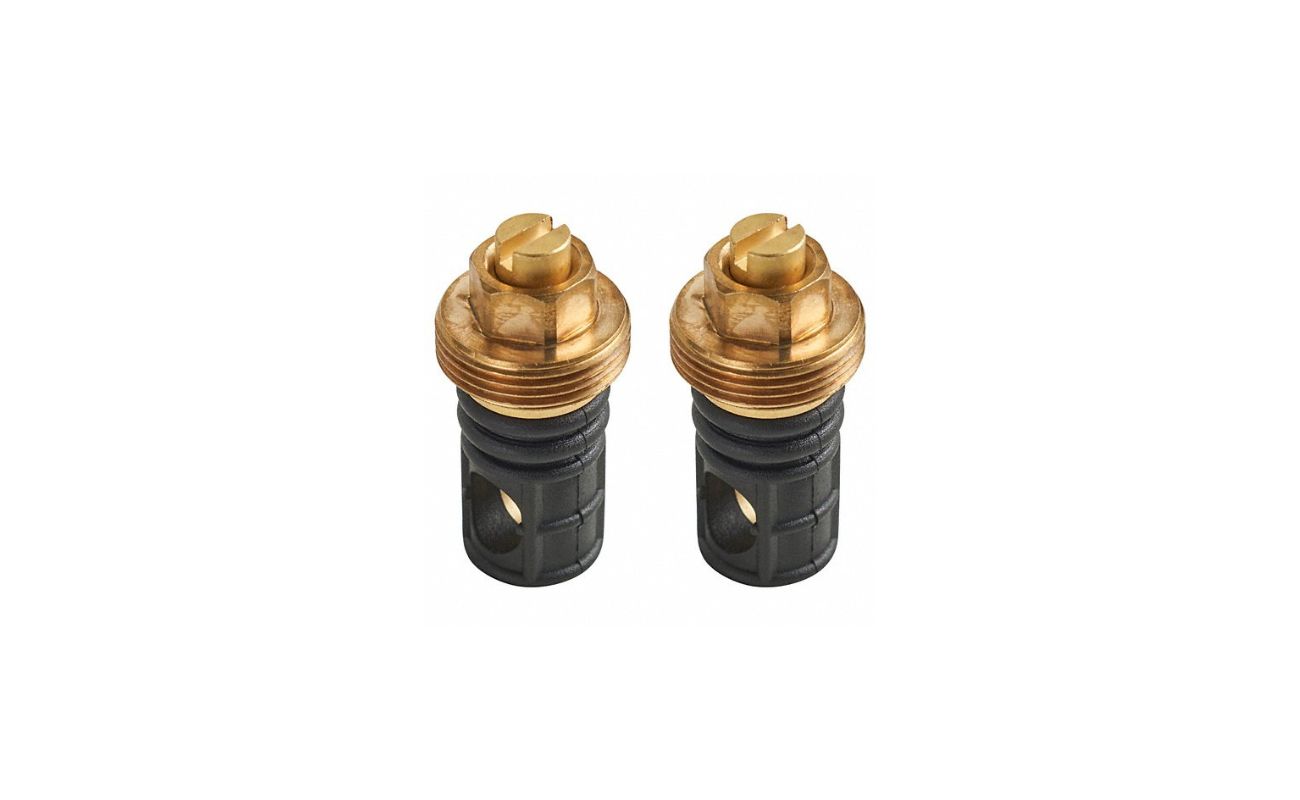
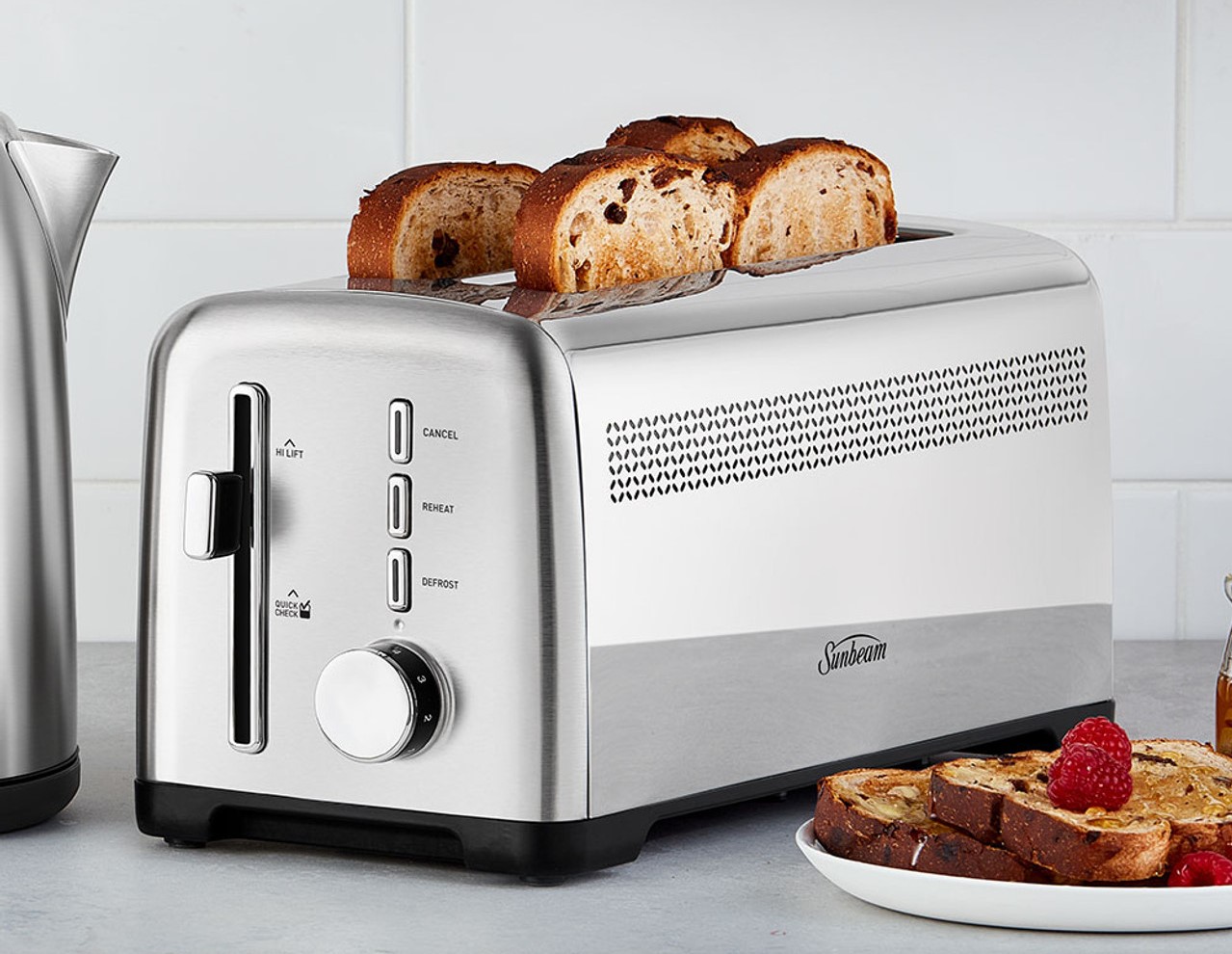
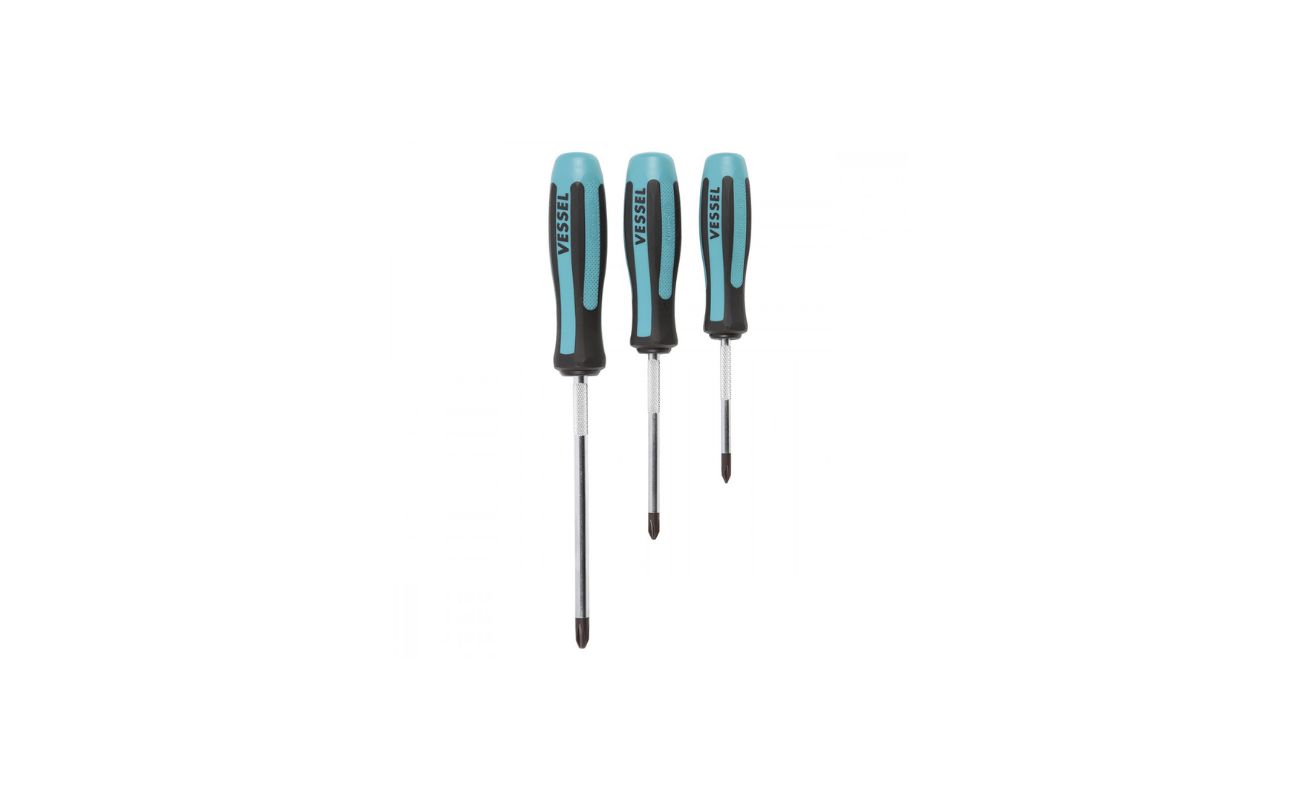
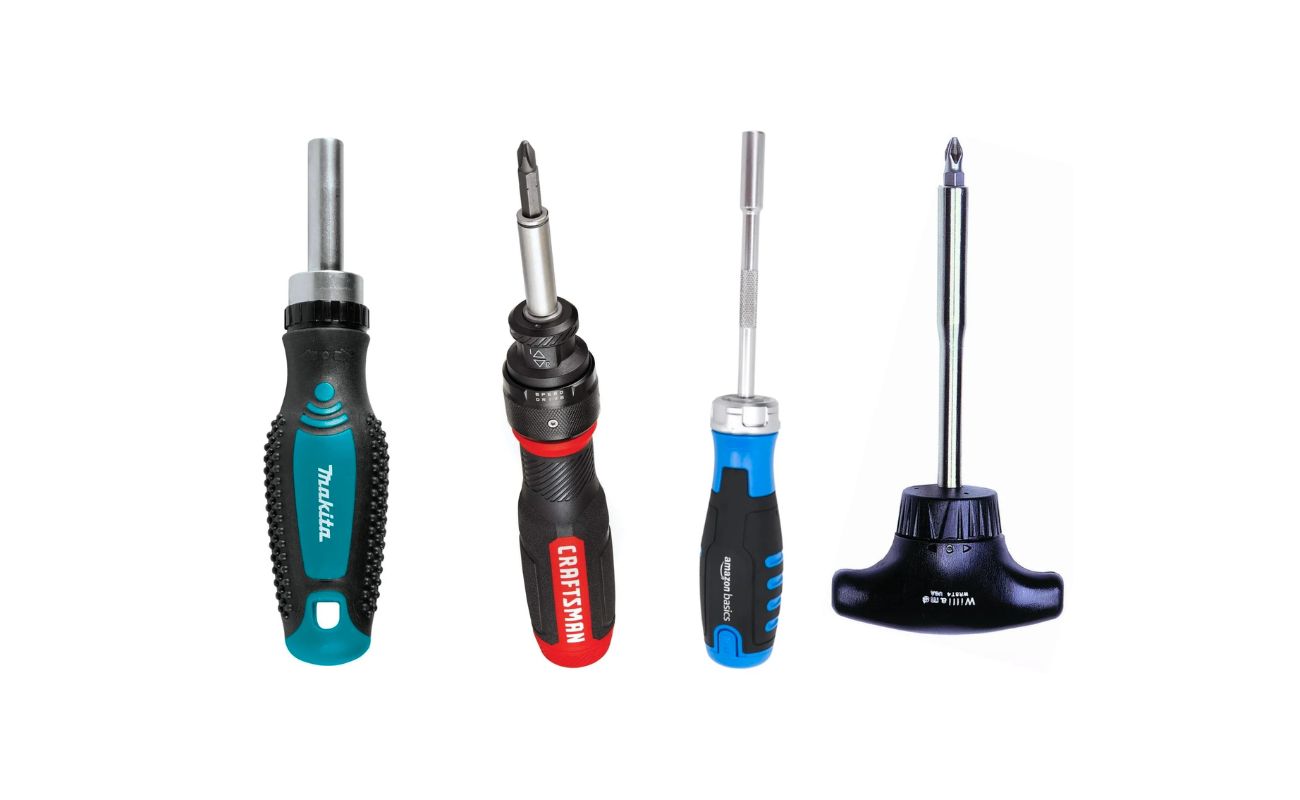
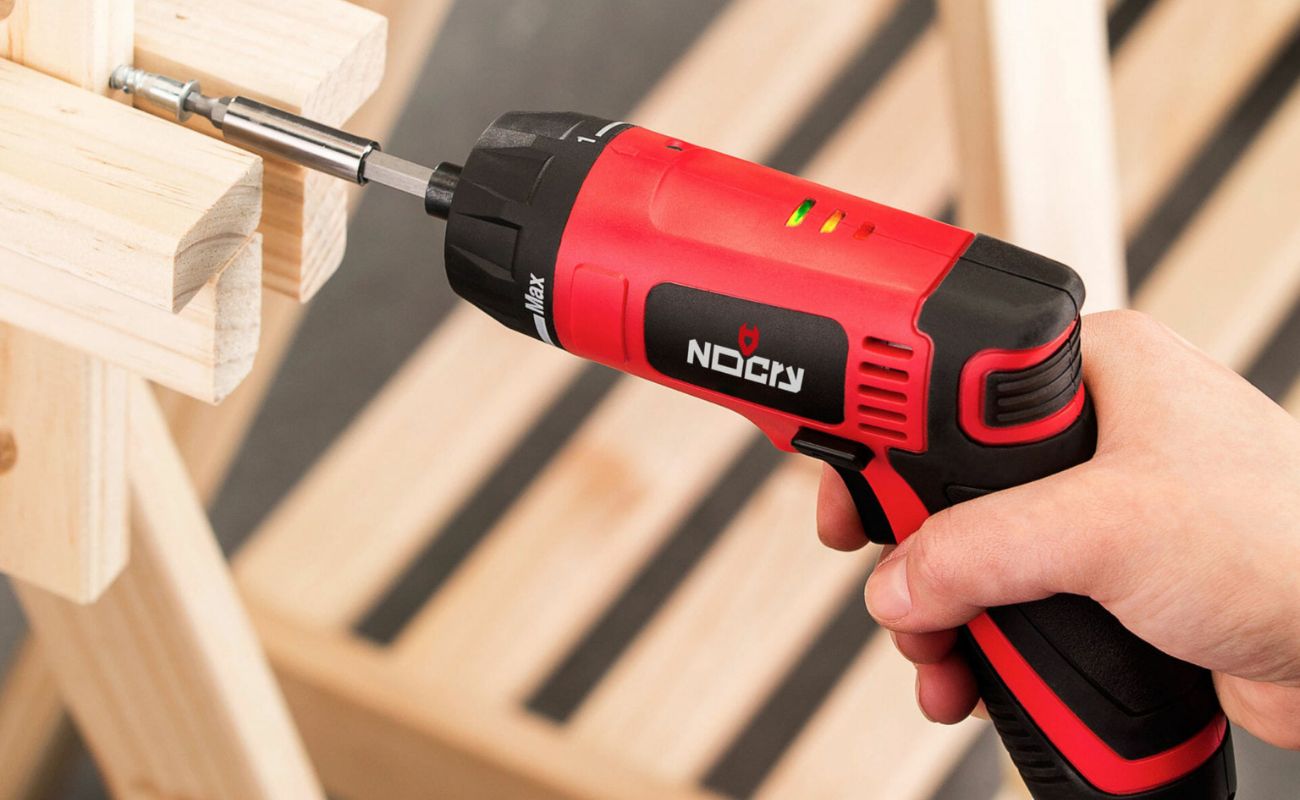
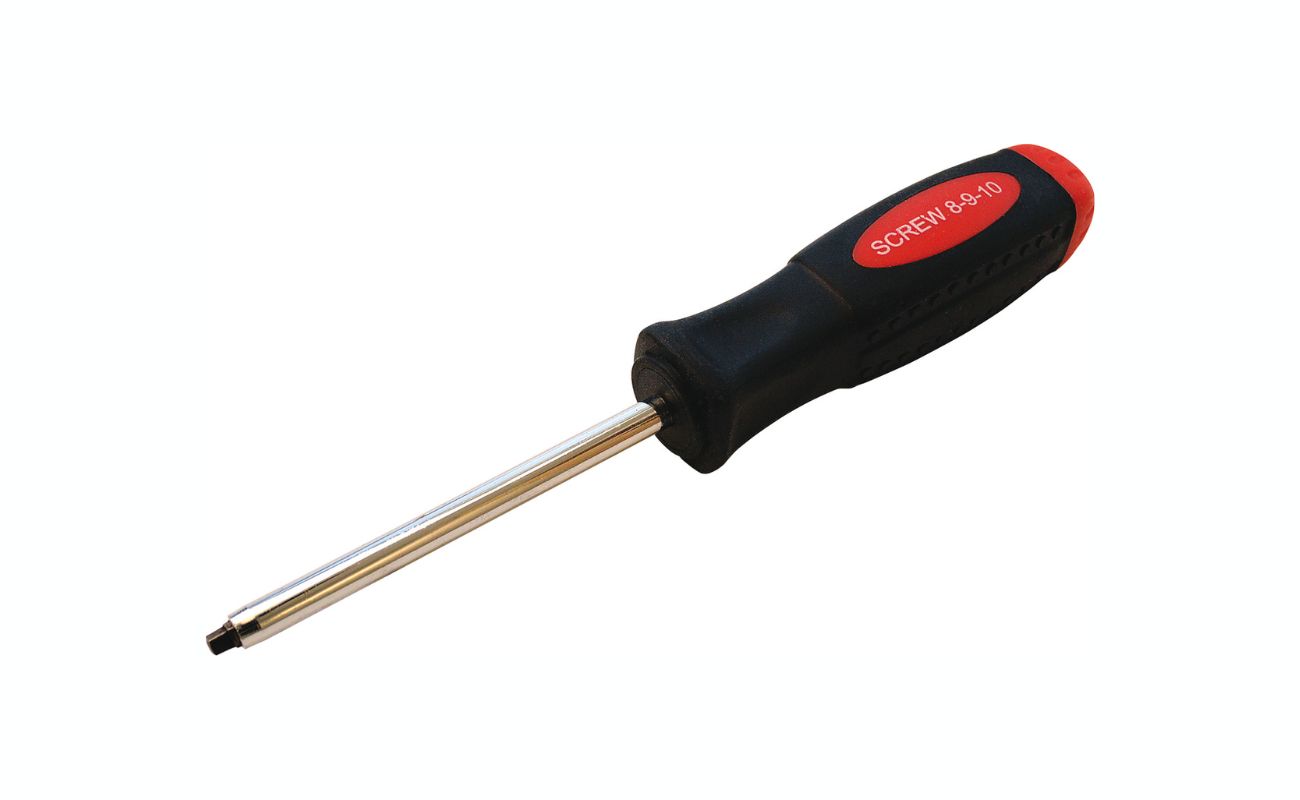
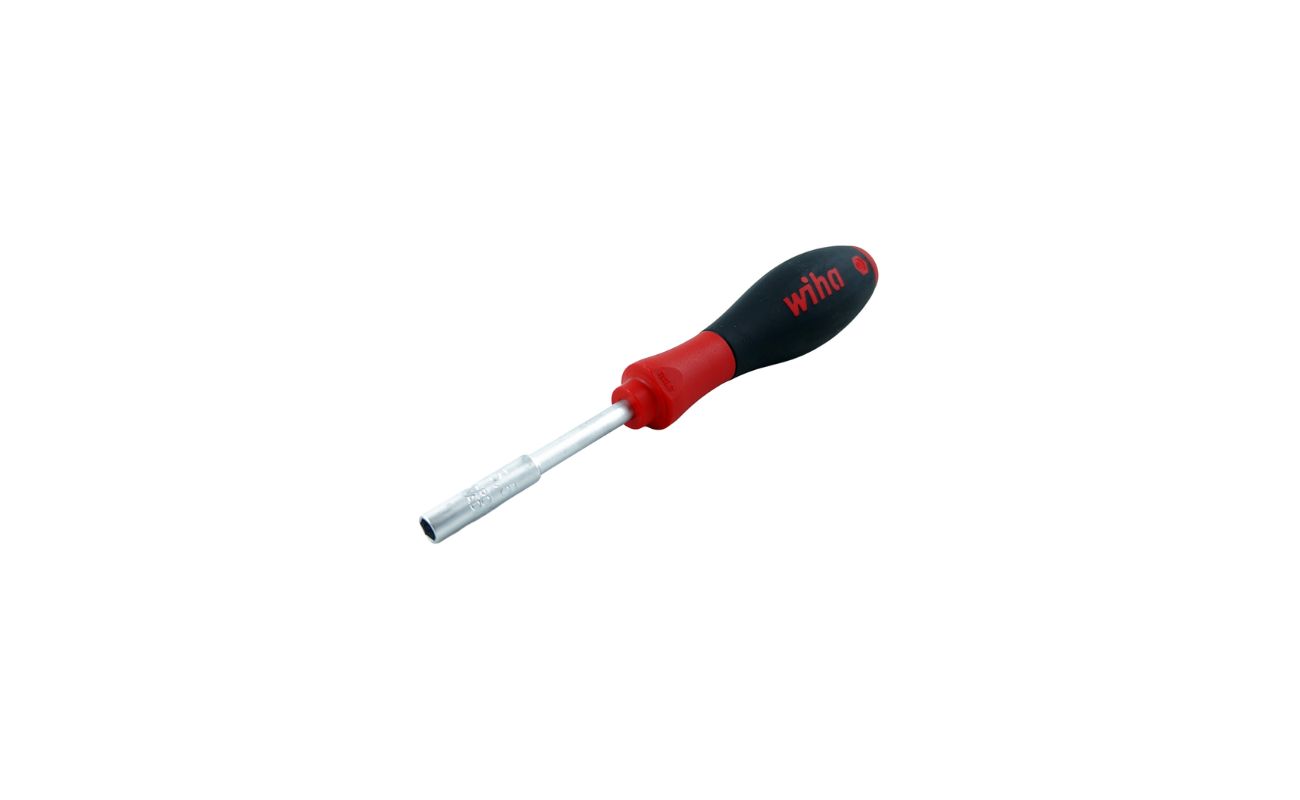
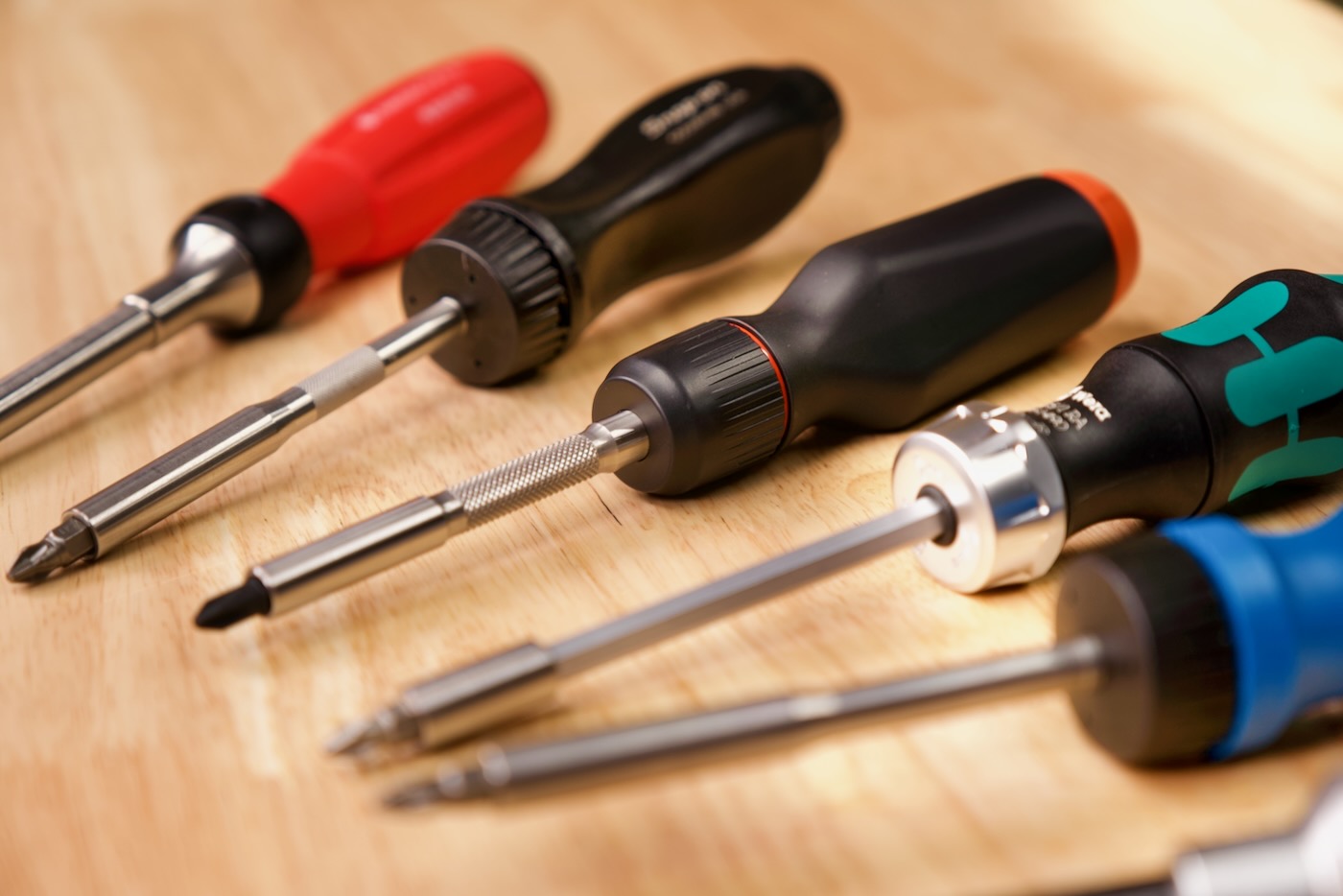
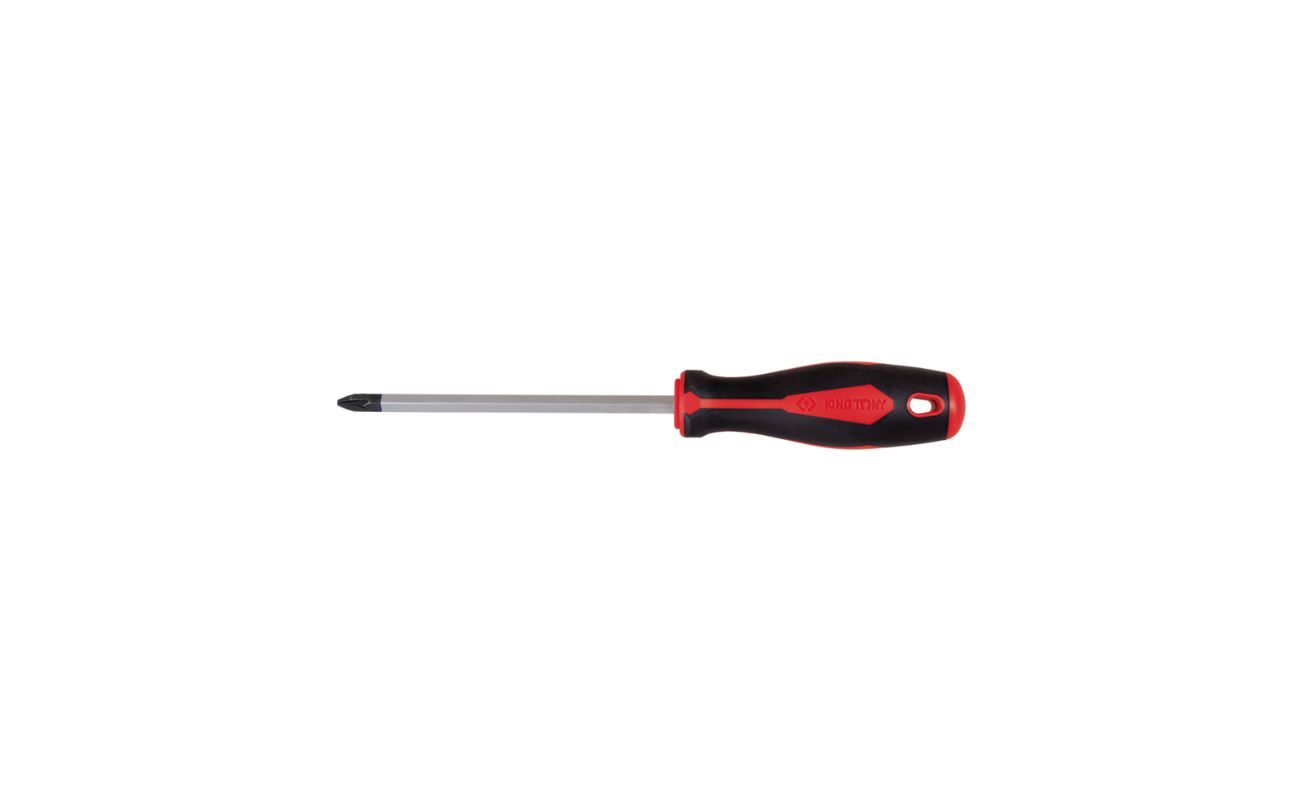
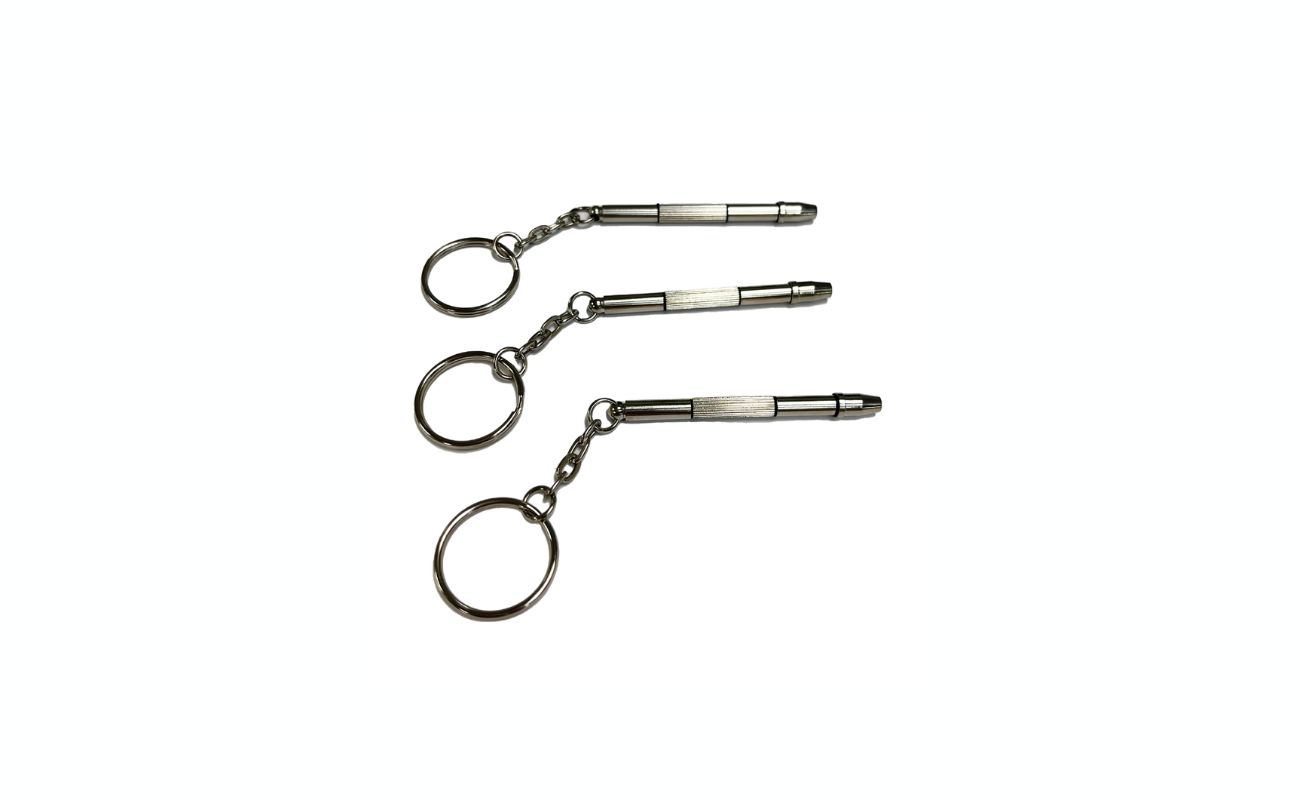
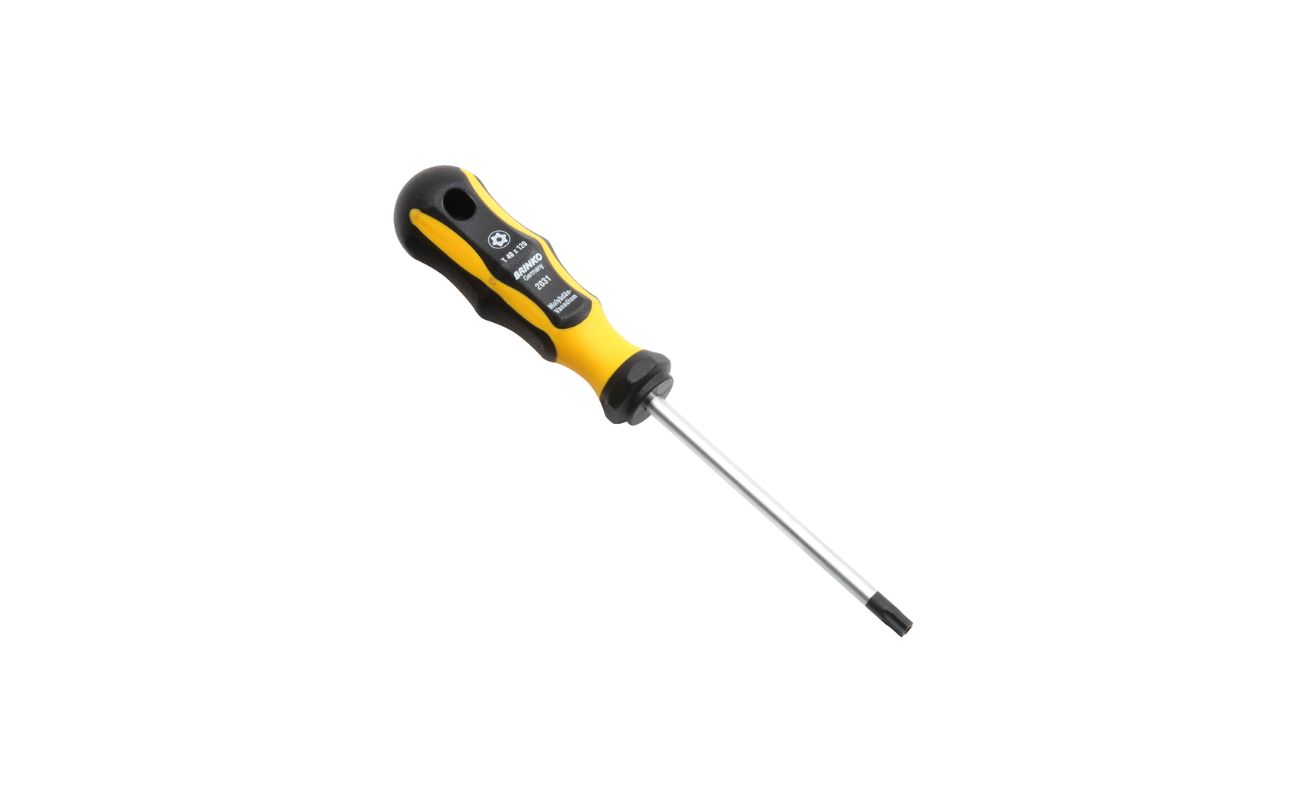
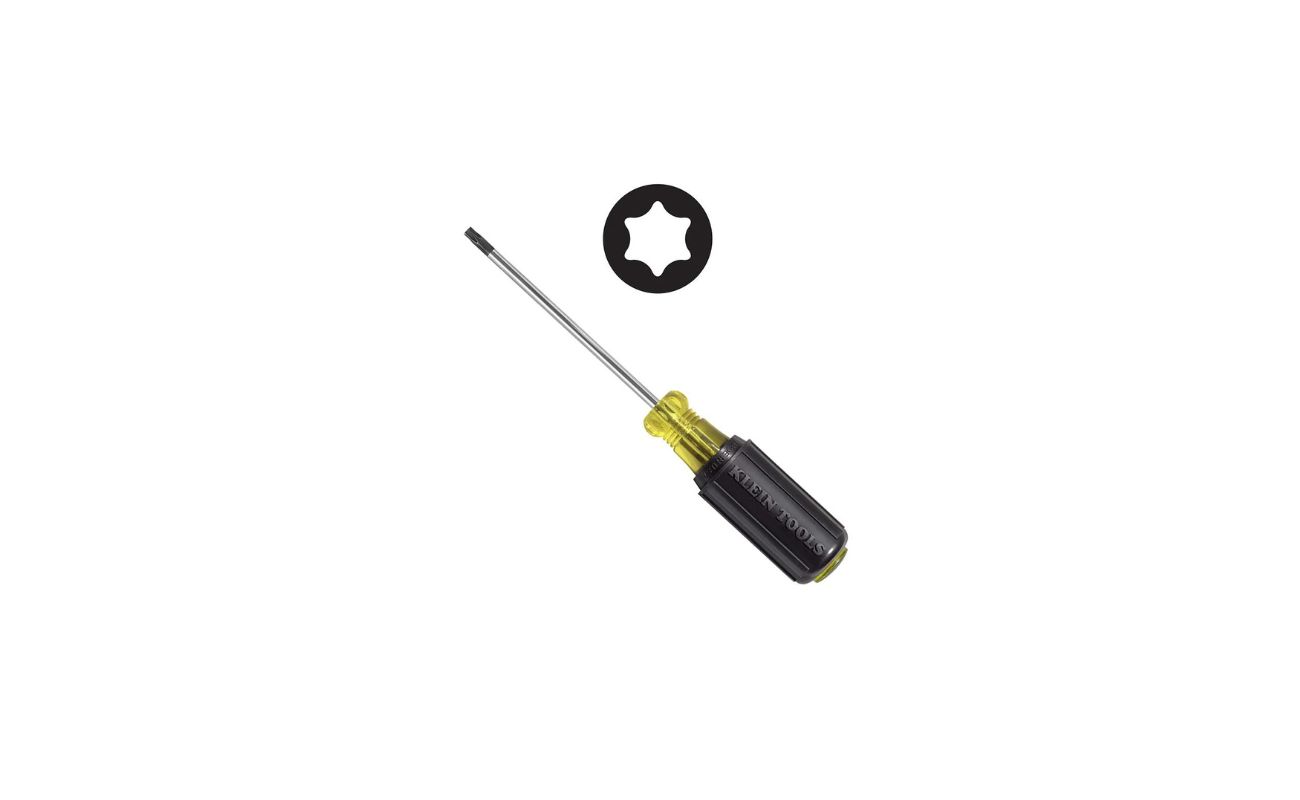

0 thoughts on “What Is A Slotted Screwdriver”